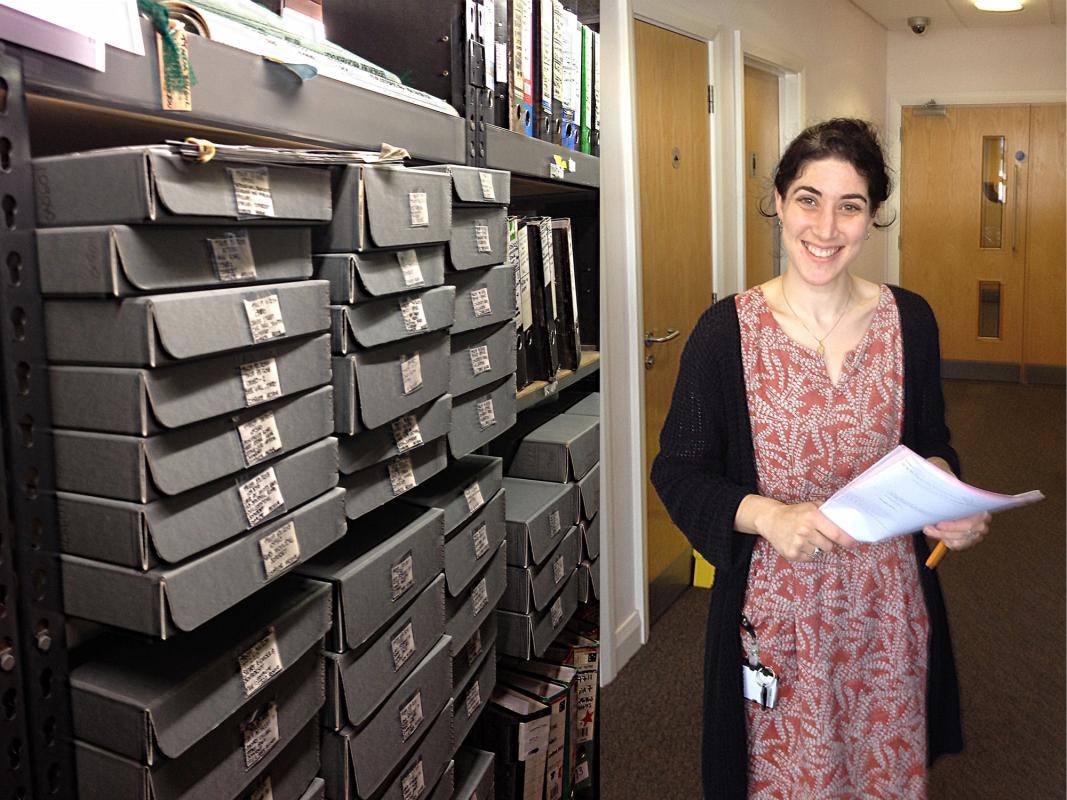Since the formation of the archives team at the Salisbury office, we have been targeting archives for deposition. This time it was Somerset which had been waiting in the wings for some time with some projects dating to a pre-digital archaeological age! And so now was the perfect time for a review. An archival review involves checking the state of project archives, re-examining finds and ensuring that all components meet acceptable archive standards pertaining to the museum that they will be stored at. After compiling a long list of Somerset projects to review, because the work at Wessex Archaeology does not stop, I began to go through the list starting from the most recent and working back to one project from 1993!
During the documentary review, I soon found out why many of the projects on the list had yet to be deposited. Some were missing components such as black and white photos or slides, while others needed paperwork to be tracked down or finalised, and one needed the finds to be returned, having been loaned for display.
One particularly complex archive belonged to a project that had run for several years and which seems to have utilised every type of fieldwork Wessex had to offer almost simultaneously. With a little help, patience, and a lot of perseverance I was able to make sense of the different pieces of work and present the archive in a way that would be useful for future researchers. This of course is our main goal when preparing archives.

During the finds review I discovered some finds needed re-boxing to meet the weight limit set in the guidelines and that some of the metalwork required a little TLC to comply with modern conservation standards. It was interesting to see the changes we had made to our processes over time and the improvements we have made. I could see the cross-over and cut off points for certain archive procedures.
Once the list had been reviewed I had managed to prepare 44 blue archive boxes, 4 rolls of A1 drawings, 64 brown finds boxes, 3 unboxed large stones, 4 separate Stewart boxes, and a few odds and ends that had been accidentally left behind from previous deposits. This represented about 80% of the list to be delivered to Somerset.
All that was left was to play extreme Tetris with the boxes and van to ensure a safe transport of the archives to the Heritage Centre in Taunton, and to finally say so long Somerset!
Wessex Archaeology would like to thank Chris Webster (Somerset Historic Environment Record) and Amal Khreisheh (Somerset Museums Service), pictured, for their assistance with depositing the projects.